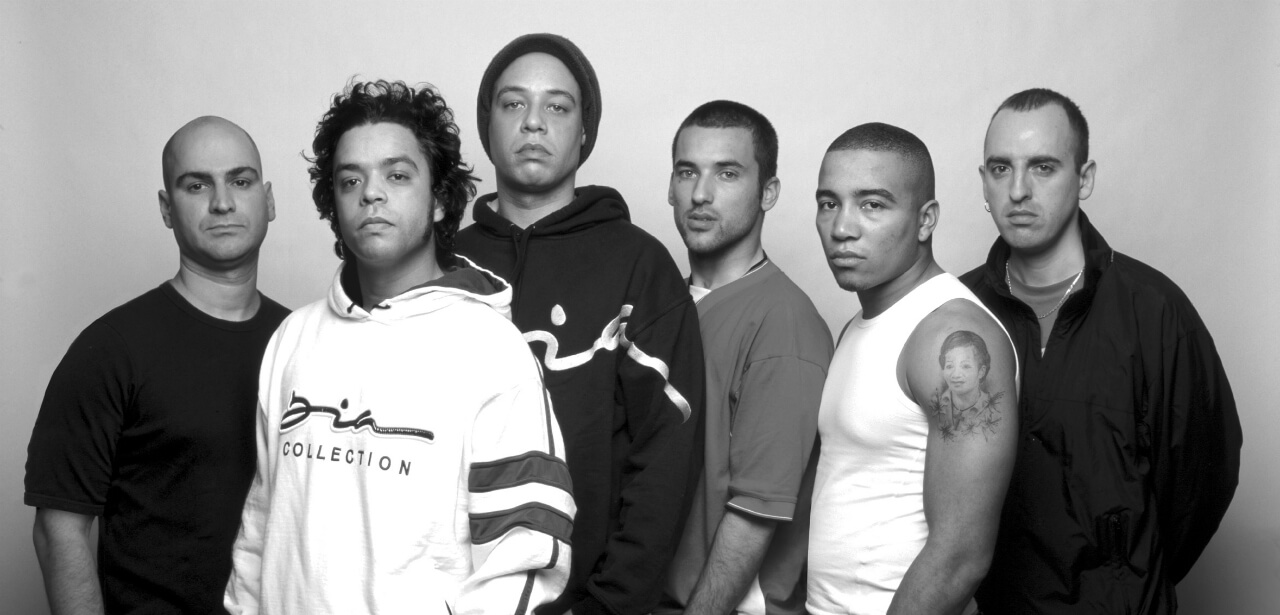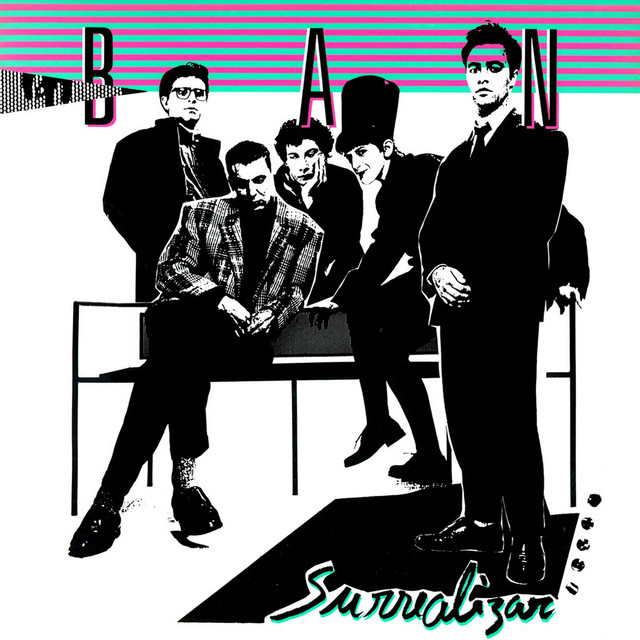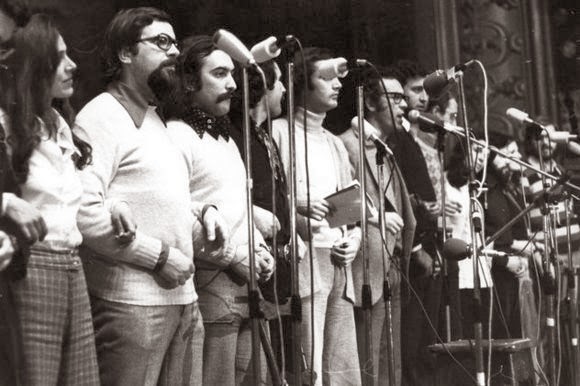Born in 1989 in Marinha Grande, Estado Sónico began by creating a type of sound that assimilated the influences to which its members were subject at the time: Bauhaus, Teenage Fanclub, or Sonic Youth. Formed by José Polido (vocals), Tiago Granja (guitar, brother of Pedro Granja from Ode Filípica), Garry Vicente (guitar), Mário Nicolau (bass), Nuno Lopes (drums), and Luís Guerreiro (trumpet), they practiced a pop-rock with alternative pretensions at a time that was generally very poor in Portuguese urban music.
They showed some potential that they never managed to fully explore in any of the editions released at the time on cassette. “O Eléctrico Sónico” was the title of their first demo, which was somewhat inconsistent and denoted a lot of enthusiasm but little technical capacity and even composition. The fact that the band had a trumpeter gave the group’s sound a unique touch, but it wasn’t enough to differentiate them.
Despite this, they won the First Modern Music Competition of Alcobaça, surpassing Ex-Votos de Zé Leonel in the final. This recognition was an important boost for the band, which began to gain visibility in the Portuguese music scene. However, the lack of resources and the difficulty in finding their own style became significant obstacles to their growth.
They aimed to release a CD in 1995 on Fábrica de Sons, but the album didn’t benefit from proper distribution and ended up mortgaging their future as a band. The lack of support and the limited visibility of the album were a significant blow to the band, which seemed to be losing momentum.
However, the group reunited in 2008 and even recorded a new album, titled “Ouvir o Silêncio” (Listening to Silence), recorded at Marduc Studios and produced by American Marc Jung. The new lineup consists of José Polido, Luís Guerreiro, Nuno Lopes, Sérgio Alves, and Donato Filipe. This new phase of the band brought a new energy and perspective, allowing them to explore new sounds and styles.
With “Ouvir o Silêncio”, Estado Sónico demonstrated that they still had a lot to offer and that their music still had great potential to be explored. The album was a return to their roots, with a more mature and confident sound. The band finally found their own style and managed to convey their musical vision in a clearer and more coherent way.
The trajectory of Estado Sónico is an example of how perseverance and dedication can help a band overcome obstacles and achieve their goals. Despite the difficulties and challenges, the band never gave up and continued to work towards their dream of making quality music and connecting with their audience.












Ca granda malha manooooo